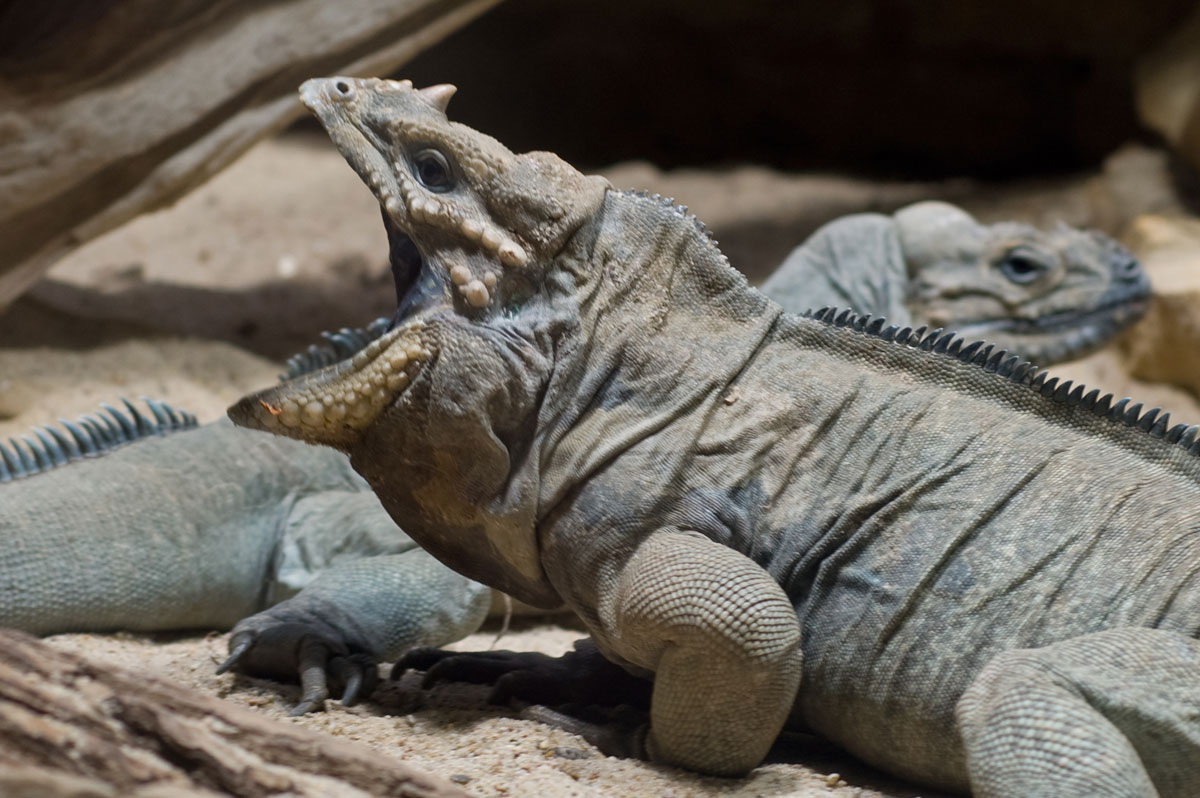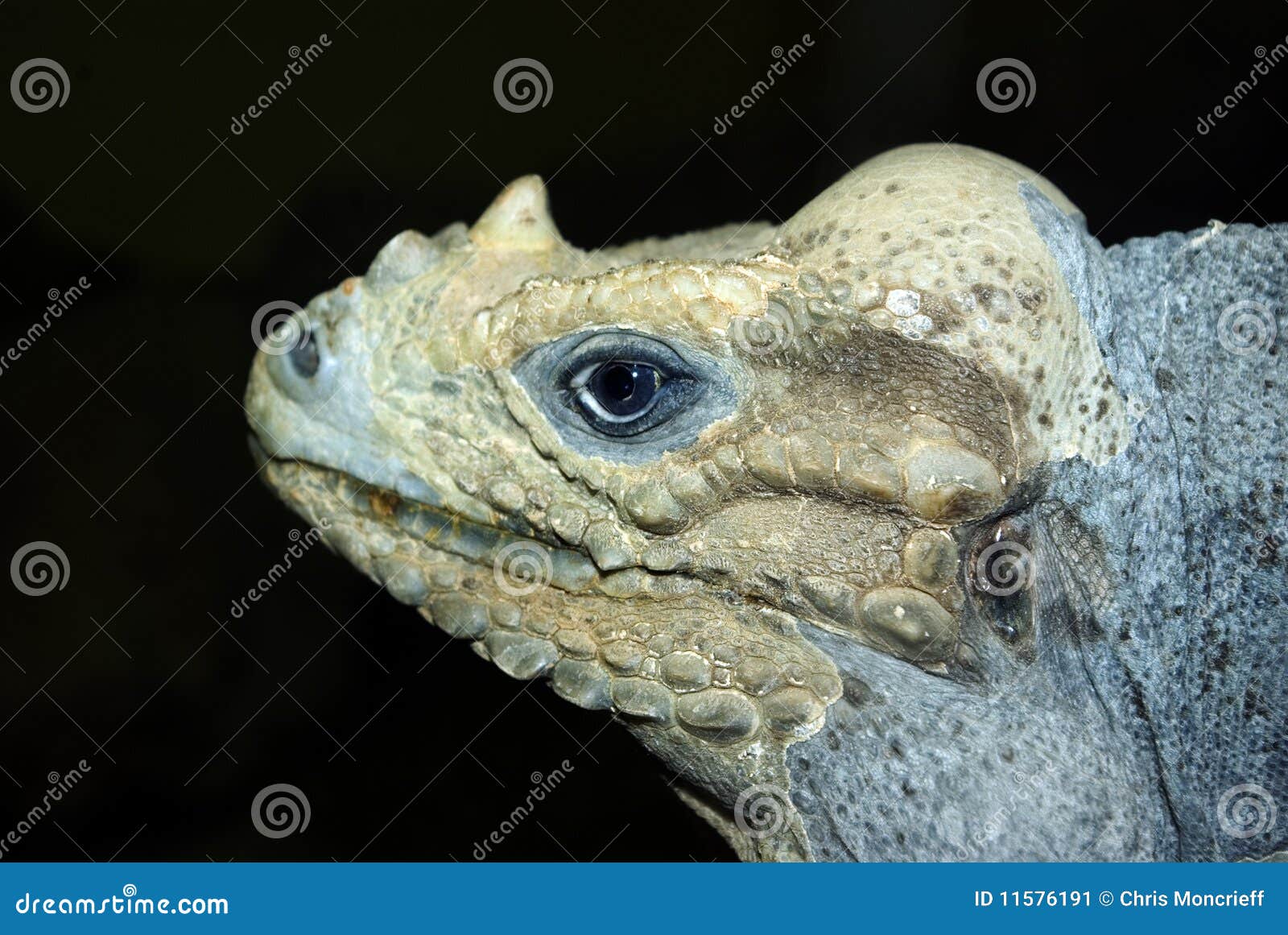
Although they look very different to rhinos, zebras are one of their closest relatives.īoth rhinos and zebras are included in a group of animals called odd-toed ungulates they also have hoofed toes on each hindfoot.Īlthough they have different body shapes, zebras are almost as tall as rhinos and can grow to 5 feet in height. Scientific name: Equus quagga Quick summary: A b lack-and-white striped African mammal closely related to rhinos.Ī zebra is a black-and-white striped member of the horse family.

Rhinos are pregnant for around 15-16 months. Elephants have the longest pregnancy of any living mammal and are pregnant for an average of 22 months. Elephants use their trunk for feeding and rhinos use their lips to grab food.īoth animals have a long gestation period. They are recognizable by their long trunk with tusks on either side.Įlephants and rhinos share a similar diet and are both herbivores.
#Rhinoceros iguana skin
See also How Strong Are Lions? īoth elephants and rhinos have leathery, gray skin but elephants do not have horns. Elephants can reach heights of between 10 and 12 feet. Rhinos are not as tall as elephants and grow to 4 to 7 feet in height. African elephants can weigh up to 7 tons and the largest rhinos weigh up to 5 tons. Scientific name: Elephantidae Quick summary: The only land animal larger than a rhino.Įlephants are the only land animal bigger than a rhino. These fascinating animals are an endangered species like rhinos, due to poaching and habitat destruction. Both animals give birth to a single calf. Tapir pregnancies are very long like rhino pregnancies, and last 13 to 14 months. Rhinos use their lips to grab food in a similar way.

They have a distinctive prehensile nose that they use to grab leaves when foraging for food. They are the largest land animal in South Africa and weigh between 300-700 pounds.Īlthough tapirs are much smaller than a rhino and look very different, there are many similarities between these two animals.īoth tapirs and rhinos are odd-toed ungulates and have feet with three toes. Tapirs are large herbivorous mammals found in the forests of Central and South America and South East Asia. Scientific name: Tapirus Quick summary: One of the rhino’s closest relatives. Here are animals that share similarities with rhinos: Certain cultures believe that rhino horns and other body parts have medicinal properties and over the last few centuries this has led to extreme overhunting. Rhinos are among the most endangered animals in the world. Their closest living relatives are tapirs, zebras, and horses.Īll five species of rhino have a long gestation period of 15-16 months and give birth to a single calf. The Sumatran rhino appeared on earth nearly 15 million years ago and is the oldest of the living rhinos. Sumatran, black and white rhinos have two horns, greater one-horned rhinos and Javans have one. There are five species of rhino in the world today, three in Asia (Sumatran, Javen, and greater one-horned rhino) and two in Africa (white and black). They are herbivores who graze on grasses or use their lips to pluck fruit and leaves from branches. Rhinos have tough skin measuring between 0.5 and 2 inches thick. Larger species weigh between 3 and 5 tons and are over 6 feet tall. These large herbivores are the second largest land animal on our planet. Downloaded on 14 October 2020.A rhinoceros (rhino) is a grey, heavy mammal with a distinctive horn sticking out in front of its nose. The IUCN Red List of Threatened Species 2019: e.T6042A3099941. Rhinoceros Iguanas | Bristol Zoo | Bristol Zoo. “Cyclura cornuta” (On-line), Animal Diversity Web.

Rhinoceros Iguana Facts And Information | Seaworld Parks & Entertainment. When moving they rise up on their long legs so their body is off the ground and have their head held up.īurnie, D., 2011. Animal. At night they will retreat to a hollow trunk or cave where they can rest. Rhinoceros iguanas are primarily terrestrial and rarely climb.Īs an ectotherm they must bask in the sun to generate body heat. Sexual maturity is reached between 2 and 3 years old. After hatching the eggs are independent with no further parental care provided. Females remain with their nests for the first few weeks of the incubation period to ward off predators.įemales will dig a burrow of up to 1.5m (5ft) long in the sand where the eggs are laid. This occurs 40 days after mating takes place. These displays include a range of body movements such as head-bobing and gyrating along with raising up the spines on their back.įollowing a successful mating the female will dig a nest hole in to which she deposits up to 20 eggs. Males will perform displays which both attract a mate and help to ward off rival males. During breeding season the male will become highly territorial.


 0 kommentar(er)
0 kommentar(er)
